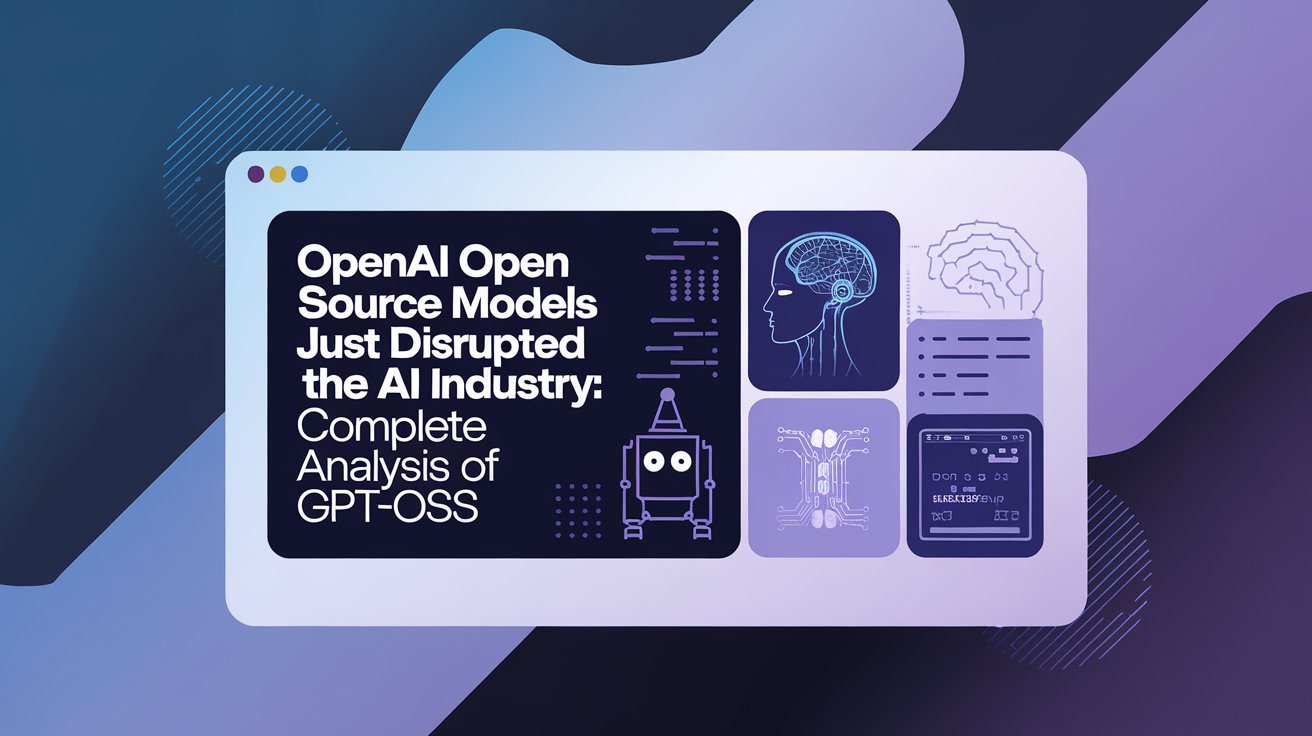Have you been using Cursor, the AI-powered code editor, and suddenly found yourself confused or even surprised by your bill? You’re not alone. Cursor recently rolled out a new pricing model, and it’s caused quite a stir among its users. Many expected clarity but found more questions. This change aims to shift from a request-based system to one based on compute power.
However, the way it was communicated, and the actual implementation, left many feeling blindsided. Some users reported unexpected charges after hitting what they thought were “unlimited” usage caps.
This article dives deep into Cursor’s new pricing structure. We’ll break down what changed, why it happened, and how you can navigate it without any nasty surprises. We’ll also explore how to revert to older plans if the new system doesn’t work for you. Understanding these changes is key to keeping your AI coding assistant affordable and predictable. Let’s get this sorted out together, so you can focus on coding, not on deciphering your bill.
The Great Cursor Pricing Confusion: What Happened?

Cursor’s recent pricing update has been a hot topic. The company announced a new model on July 4, 2025, aiming to bring more transparency. However, the transition wasn’t smooth for many. Previously, the $20 per month plan offered what seemed like unlimited agent requests. This led users to believe they could generate as many AI-powered code suggestions as they needed.
But reality hit hard for some. After making around 500 requests, users started seeing extra charges. Some reported bills jumping to $77 or $50, which was far beyond their initial $20 budget. This discrepancy caused significant confusion and frustration. Many felt the “unlimited” promise was misleading. The core issue stemmed from the distinction between different AI models.
Unpacking the “Unlimited” Misunderstanding
The confusion primarily arose because “unlimited agent requests” only applied to a specific mode called “auto.” When users selected individual AI models like GPT-4 or Claude, they had distinct request limits. These limits were much lower, especially for more powerful and computationally intensive models. For instance, the $20 Pro plan might offer around 225 requests for GPT-4, 550 for Gemini, and 650 for GPT-4.1.
These numbers are significantly less than the 500 requests initially associated with the general “unlimited” claim. When users exhausted their model-specific quotas, they were either charged extra or, if they had the “auto” mode enabled, their requests were routed to whatever model was available. This routing was opaque, meaning users didn’t know which model was processing their requests. The company later admitted they “missed the mark” in their communication. They acknowledged that the unlimited usage was only for the auto model, not all models universally.
Why the Shift to Compute Power?
The move from request-based pricing to compute power is a strategic decision driven by the underlying technology. Advanced AI models, like those from Claude and GPT-4, require substantial computational resources. Processing a prompt through a highly sophisticated model consumes more power than a simpler one. Therefore, charging per request without considering model complexity was unsustainable and didn’t accurately reflect the cost of providing the service.
By switching to a compute-based model, Cursor can better align its pricing with the actual resources consumed. This means users who leverage more powerful AI models will naturally use more compute. Conversely, those who stick to less resource-intensive models will see their usage reflect that. This approach is common in cloud computing and AI services. It ensures that users pay for what they use in terms of processing power.
However, the execution of this shift was where the problems lay. The lack of clear communication about model-specific limits and the broad use of the term “unlimited” created the perfect storm for user dissatisfaction. Many users didn’t realize that their frequent use of advanced models would deplete their quotas so quickly. They expected the 500-request buffer to apply broadly.
Cursor’s Old vs. New Pricing: A Detailed Comparison

To truly understand the impact of Cursor’s new pricing, it’s essential to compare it directly with the old model. This comparison highlights the shift in how users are billed and what they can expect. The old system, while seemingly simpler, had its own set of limitations and potential for confusion, especially around the “unlimited” aspect. The new model attempts to address this by tying costs to actual resource usage, but its clarity remains a concern for many.
The Legacy Plan: What It Used to Offer
Before the recent changes, Cursor’s Pro plan was priced at $20 per month. A key feature of this plan was the inclusion of 500 requests per month. The company initially stated that after these 500 requests, users would receive slower responses but still have unlimited usage. This was a significant draw for developers who relied heavily on AI for their coding tasks.
The old model was straightforward: you got 500 “fast” requests, and then subsequent requests would be slower but theoretically unlimited. This provided a predictable cost for most users. The surprise came when some users found themselves hitting a hard limit and then being charged for additional usage without clear notification, especially when they believed they were still within an “unlimited” phase. The confusion was amplified because the speed difference was often subtle, and the true cost of exceeding the initial quota wasn’t transparent.
The New Pro Plan: Compute Credits and “Auto” Mode

Cursor’s new $20 per month Pro plan is fundamentally different. Instead of a flat 500 requests, it offers $20 worth of API credits. These credits are consumed based on the compute power required by the AI model you use. This means that using a highly advanced model like GPT-4 will use up your credits much faster than using a less sophisticated model.
The “auto” mode is central to the new pricing. When enabled, Cursor automatically routes your requests to the most efficient model available. This is where the “unlimited” aspect of the new plan truly lies. By using the auto-mode, users can theoretically make an unlimited number of requests, as Cursor will manage the allocation of compute resources. This is a significant shift from the previous model where the 500 requests were a more defined limit before a slowdown.
However, the lack of transparency about which model is being used in auto-mode is a drawback. Users lose the ability to choose a specific model for a particular task if they want to stay within the “unlimited” auto-mode. If you need a specific model’s capabilities, you’ll need to ensure you have enough compute credits for it, or risk being routed to a different, potentially less suitable, model.
The “Extended Limit on Agent” Clarification
The recent announcement aimed to clarify the “extended limit on agent” for the $20 per month plan. This extended limit is not a single number but is model-dependent. As mentioned earlier, for GPT-4, this translates to about 225 requests. For Gemini, it’s around 550 requests, and for GPT-4.1, it’s about 650 requests.
This means that if you are on the $20 plan and not using auto-mode, your usage is capped by these model-specific request counts. Once you hit these limits for a particular model, you’ll either need to switch to auto-mode or face additional charges if you’ve set up spend limits. The previous broad claim of 500 requests was an oversimplification that didn’t account for the varying compute costs of different AI models. This granular breakdown, while more accurate, requires users to be much more aware of their model choices.
The core problem for many users was that they were charged extra because they didn’t understand these model-specific limits. They assumed the 500 requests applied universally, or that “unlimited” meant truly unlimited across all models. The company’s offer of refunds for unexpected usage between June 16 and July 4 is a recognition of this communication gap.
Navigating the New Pricing: Tips and Opt-Out Options

Understanding Cursor’s new pricing is crucial for managing your expenses effectively. The shift to compute credits and model-specific limits requires a more proactive approach to usage. Fortunately, Cursor has provided options for users who are not comfortable with the new model, including a way to revert to the older pricing structure.
Setting Up Spend Limits: Your First Line of Defense
If you decide to stay with the new pricing model, setting up a spend limit is highly recommended. This acts as a safety net, preventing unexpected charges from accumulating. Within Cursor, you can configure how much you’re willing to spend beyond your initial $20 credit. For instance, you can set a limit of $50 or $100.
If your usage exceeds your included credits and you haven’t hit your spend limit, Cursor will continue to process your requests, consuming your set budget. However, if you reach your maximum spend limit, your AI features will likely be paused until the next billing cycle or until you adjust your limits. This is a much safer approach than having no limit at all, which can lead to surprisingly large bills.
How to Opt-Out and Revert to the Old Pricing
For users who preferred the previous pricing model, Cursor offers an opt-out option. This allows you to return to the legacy Pro plan, which includes the 500 requests before a potential slowdown. This is a valuable feature for those who found the old system more predictable or whose workflow doesn’t necessitate the advanced capabilities of the newer compute-based model.
To opt-out, you need to navigate to your account settings within Cursor. Look for advanced account settings, where you should find an option labeled “Opt out of new pricing” or something similar. By clicking this, you can revert your subscription to the older plan. It’s important to note that the duration for which this opt-out option will be available is not specified. Therefore, if you wish to return to the legacy plan, it’s advisable to do so sooner rather than later.
Making the Most of the “Auto” Mode

If you’re comfortable with the new pricing and want to leverage the “unlimited” aspect, mastering the “auto” mode is key. This mode is designed to provide a seamless experience by automatically selecting the most cost-effective and efficient AI model for your requests. While you might not know precisely which model is being used, the intention is to give you continuous access to AI assistance.
To effectively use auto-mode, ensure it’s enabled in your Cursor settings. This mode is particularly beneficial for general coding assistance, refactoring, or generating boilerplate code where the specific nuances of a top-tier model might not be essential. It helps you avoid hitting model-specific limits and incurring extra charges, provided you understand that “unlimited” applies here.
However, for tasks that absolutely require the power or specific features of, say, GPT-4, you’ll need to be mindful of your compute credit balance. If you’re running low, consider upgrading your plan or manually selecting a model only when necessary, and be prepared for the associated credit consumption.
Understanding Your Usage Patterns
The best way to manage any subscription, especially one based on usage, is to understand your own patterns. How often do you use AI assistance? Which types of tasks do you use it for? Are you typically working on complex algorithms that demand advanced models, or are you doing more routine coding?
By tracking your usage, you can determine if the new pricing model is more or less expensive for you than the old one. If you were consistently exceeding the 500 requests on the old plan and getting slower responses, the new model with its compute credits might offer better value, especially if you can utilize the auto-mode effectively. Conversely, if you rarely hit the 500-request limit, the old plan might still be preferable, and opting out could be the best course of action.
The transparency around pricing has improved with the clarification of model-specific limits, but it still requires users to be more informed. By taking advantage of the opt-out option if needed, setting spend limits, and understanding the role of the auto-mode, you can ensure that Cursor remains a valuable and affordable tool in your development arsenal.
The Road Ahead: Optimizing Your Cursor Experience
Cursor’s pricing evolution highlights a common challenge in the AI-as-a-service industry. As models become more powerful and sophisticated, pricing structures must adapt to reflect the underlying computational costs. While the recent changes at Cursor have been met with some user frustration due to communication issues, the company’s responsiveness, including offering refunds and an opt-out option, is a positive sign.
Moving forward, the key for users is to stay informed and adapt their usage habits. The shift to compute credits encourages a more mindful approach to leveraging AI. By understanding which models consume more resources and how the “auto” mode functions, you can make informed decisions about your workflow and budget.
Embracing Clarity: What Users Can Do Now
For those who are still unclear about their billing or the new pricing structure, the best first step is to consult Cursor’s official documentation or reach out to their support. The email address provided for refunds, hi@cursor.com, can also be used for general pricing inquiries. Taking the time to understand your specific usage and how it maps to the new credit system will prevent future surprises.
If you find the new pricing too complex or too costly for your needs, don’t hesitate to use the opt-out feature. Returning to the legacy plan ensures you maintain a predictable cost structure, especially if your AI usage is moderate. This choice allows you to continue benefiting from Cursor’s features without the potential for unexpected expenses.
The Future of AI Coding Assistants
Cursor’s journey with its pricing model is a microcosm of the broader AI landscape. As AI tools become more integrated into daily workflows, transparency and flexibility in pricing will be paramount. Users expect clarity on what they are paying for and how their usage translates into costs.
Companies like Cursor are in a constant balancing act: providing powerful AI capabilities while ensuring financial sustainability. The lessons learned from this pricing update will likely inform future iterations and communication strategies for AI service providers. For developers, it underscores the importance of scrutinizing pricing models and understanding the underlying technology driving these services.
Ultimately, the goal is to have AI tools that enhance productivity without becoming a financial burden. By understanding the intricacies of Cursor’s new pricing, utilizing the available options, and staying informed about industry trends, you can ensure that your AI coding assistant remains a powerful ally, not a source of stress. Your ability to adapt and make informed choices will be key to navigating this evolving technological landscape.




